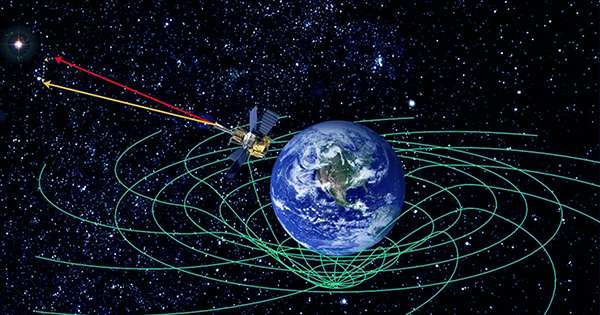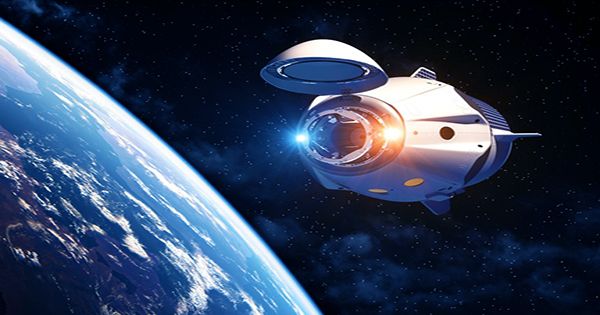By 2021, the American James Lovell, Fred Hayes, John Switzerland will be during the Apollo 13 mission, three people who have traveled the farthest from Earth. When they flew behind the moon, they were 400,171 kilometers (248,655 miles) away from the Earth’s surface. The light takes 1.335 seconds to cover the distance. Many of us must have imagined going into the stars or at least exploring the solar system.
The possibility of doing this safely is still somewhat out of reach, but we must move further away from the comfort and safety of our own planet. Can we reach another planet? Most likely, what about other stars? Maybe one day. What will be the end of the universe? In fact, there is a way that no science fiction needs to be solved (or at least we know that there is nothing outside of physics). Let’s take a look at some of the deeper technologies we need to go into space.

If our goal is to explore the solar system, we already have a lot of technology. There are already powerful rockets in use and crew cars designed to bring people back to the moon and beyond – but there are many concerns. The further we stay away from Earth, the higher the dose of cosmic radiation we receive. The strong magnetic field of our planet gives way to a good part of it. What protects you when you go deep? Researchers have actually tested a solution.
The fungus discovered in Chernobyl survives radiation and could one day be used as a living trap in spacecraft and human habitation. Journeys also take many months – if not years – and a lot of one-way travel is in general, a very dangerous environment elsewhere in the solar system that could easily kill us.
Although we can reach it, it does not mean that we can succeed there. And keep in mind that most medical interventions in the space can be extremely difficult to perform. There is also the possibility of being present somewhere in the vicinity of the alien, so we need to discuss how our presence there could endanger potential living creatures beyond the Earth.
















